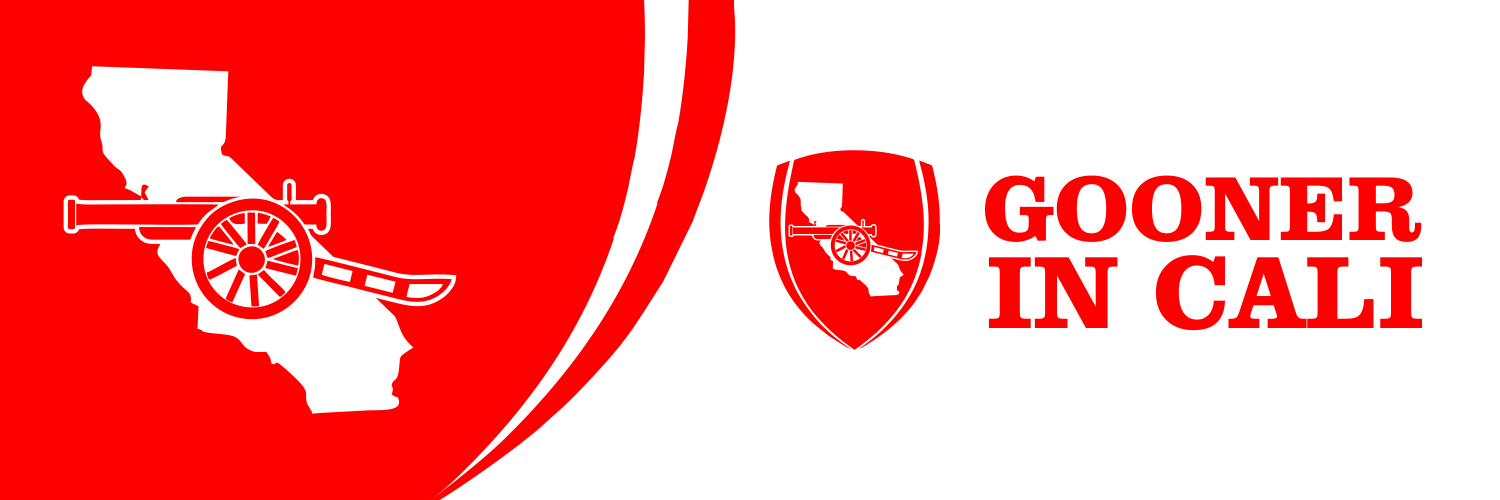Arsenal Football Club (Dial Square) was founded in 1886 at Woolwich in South-east of London. In 1893 they joined the Football League and played as a Second Division club. They were promoted to First Division in the year 1904. Beset with financial problems, by 1910 the club became almost bankrupt. It was then that Henry Norris and William Hall, both businessmen, took over the club with a view to change its location. The Arsenal moved to Highbury in North London in 1913. The club ended this season in fifth position and after the War in 1919-20, they were again promoted to the First Division in place of Tottenham Hotspur.
In 1925, Herbert Chapman was appointed manager of Arsenal. His innovative strategies and training combined with the acquisition of top players like Cliff Bastin and Alex James allowed the club to dominate through the 1930s. Under his watch, the club won initial major titles. Arsenal tasted victory with the FA Cup Final in 1930 and followed it up with victories in 1930–31 and 1932–33 in the League Championships. Chapman was also behind renaming the local “Gillespie Road” underground station to “Arsenal”. It became the first Tube station that carried the name of a particular football club.
Chapman died of pneumonia in 1934, leaving George Allison and Joe Shaw to carry on his good work. Arsenal went on to pocket 3 more titles through the 30’s. During this period they came to be known by the title “Bank of England Club”. With the 2nd World War rearing its ugly head, it put a temporary end to the professional soccer league.
Arsenal tasted success after the War under the leadership of Allison’s replacement, Tom Whittaker. They won league titles in the years 1947-48 and 1952-53, and followed up with victory in the FA cup of 1950. The clubs luck saw a decline after being unable to sign players of the same caliber as the 1930s. The club went through the 1950s and 1960s and with hardly any success. Former England Skipper Billy Wright, as manager, couldn’t help the club to regain glory in the period from 1962 to 1966.
With the unexpected selection of Bertie Mee (a physiotherapist) as manager, Arsenal started tasting success again. Though they came runners up in 2 league cup finals, success was just around the corner as they won their first ever European trophy in 1969-70. This was then followed by a huge successes of premier league and FA cup victories in 1970-71 – their first Double! Cyclically, the team slowly disbanded and the next decade was defined by a sequence of near misses. First, the FA cup where the club finished as runners up and followed with another runners up finish in the first division.
Terry Neill was hired by Arsenal in place of Bertie Mee in 1976. At 34 years old, he was the youngest manager of Arsenal club to date. With signings of new players like Pat Jennings and Malcom Macdonald, along with other gifted players like Frank Stapleton and Liam Brady, the club relished the best results ever after the 1971 glory. The team reached the finals of the FA cup three years in a row- in 1978, 79 and 80 and finished second at the European Cup Winners’ Cup, which was decided by penalties. The club’s solitary success through this period happened to be when they beat Manchester United 3-2 in the dying seconds in the finals of the 1979 FA cup, regarded a classic by followers of the sport.
The return of George Graham as the manager brought the club a third period of brilliance. Arsenal won the League Cup in 1987, George Grahams first year as manager, and followed with a title in 1988-89, which was won in the final minute of the match against Liverpool. George Graham saw the club through an absolutely brilliant start to the 90’s, which launched us triumphantly into the current standard.








Leave a comment